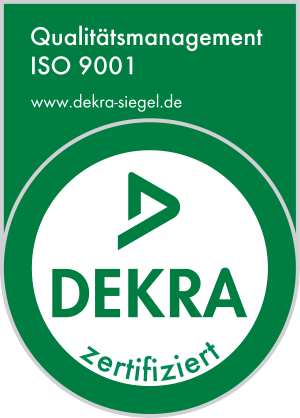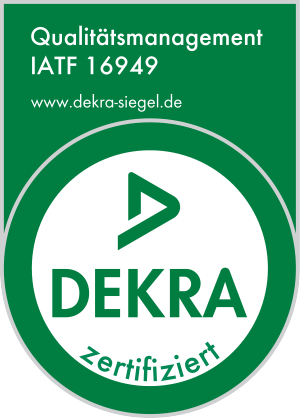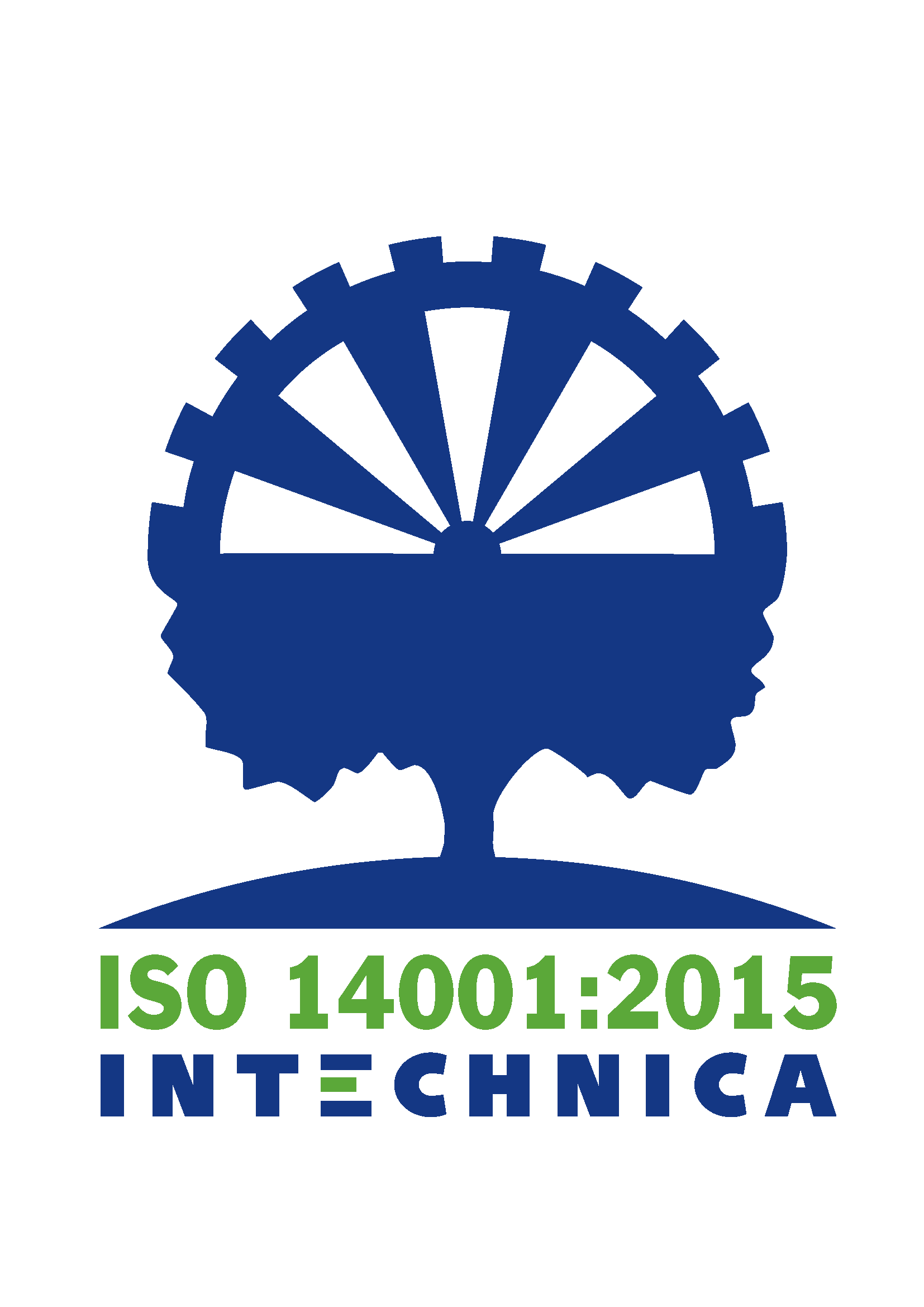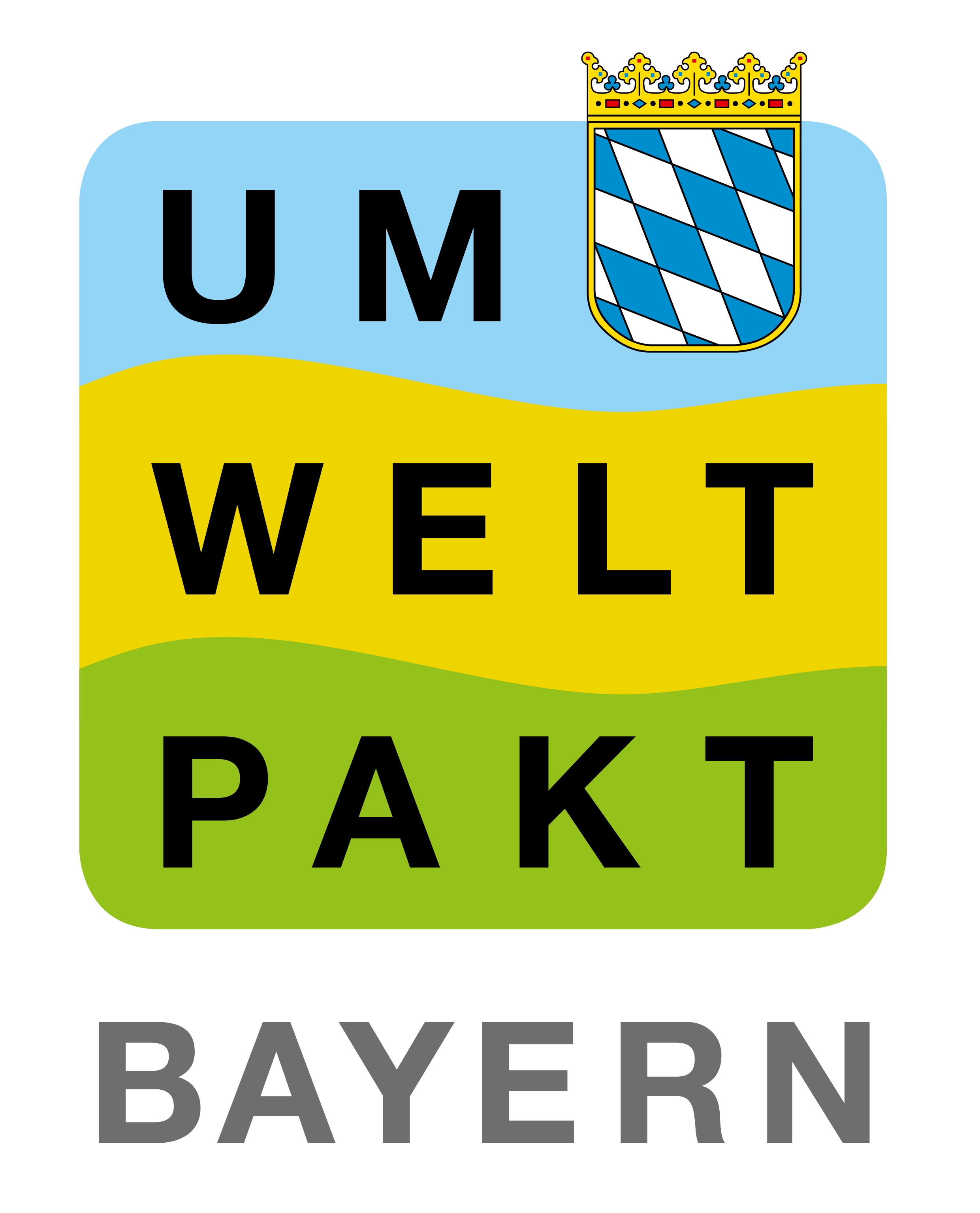Mechanical systems are crucial in many aspects of our daily lives. Whether in the automotive industry, aerospace, medical technology, or electronics, torsion springs play a vital role in converting rotational movements into resilient forces. In this article, we’ll take a closer look at torsion springs and explore how they revolutionize mechanical systems.
What Are Torsion Springs?
Torsion springs, also known as helical springs or spiral springs, are a type of spring that converts rotational movements into elastic energy. Unlike extension or compression springs that extend along an axis, they are helically wound and exert a rotational force. They consist of a wire wound around an axis and fixed at both ends. When twisted, the torsion spring stores elastic energy and releases it upon relief.
Advantages of Torsion Springs
They offer a variety of advantages, making them a popular choice in many applications. Here are some of the key advantages of torsion springs:
- Efficient Energy Storage: Torsion springs can store and release substantial amounts of elastic energy, making them ideal for high-performance applications.
- Precise Control: Torsion springs allow precise control of rotational motion, making them suitable for various applications requiring accurate positioning.
- Durability: Due to their robust construction and ability to repeatedly bend and twist, they are extremely durable and reliable.
- Space-saving: Their helical construction takes up less space compared to other types of springs, making them suitable for applications with limited space.
Applications of Torsion Springs
Torsion springs are used in a variety of applications. Here are some examples:
- Automotive Industry: They are used in various components such as clutches, brakes, steering systems, and suspensions, ensuring smooth and precise rotational motion and contributing to the vehicle’s stability and safety.
- Aerospace: In the aerospace industry, torsion springs play a crucial role in controlling aircraft flaps, landing flaps, and control surfaces, ensuring precise rotational control and contributing to the aircraft’s stability and maneuverability.
- Medical Technology: Torsion springs are employed in various devices and instruments, including surgical instruments, prosthetics, and implants, allowing precise rotational control and contributing to the accuracy and effectiveness of medical procedures.
- Electronics: In electronics, torsion springs are used in switches, potentiometers, and other electronic components, providing precise rotational control and contributing to the reliability and durability of electronic devices.
Materials and Construction of Torsion Springs
Torsion springs are made from various materials depending on application requirements. Choosing the right material is crucial for the spring’s performance and lifespan. Here are some common materials used in torsion springs:
- Spring Steel Wire: Spring steel wire is commonly used for torsion springs due to its high strength and durability.
- Oil-Tempered Spring Steel Wire: This specially treated variant offers improved strength and durability.
- Stainless Steel Spring Wire: Used in applications requiring corrosion resistance, like the food and pharmaceutical industries.
The construction of torsion springs can vary based on the application. There are different leg shapes, including single or double legs with individual spring ends. The spring body can be cylindrical, conical, with close-wound or pitch-wound configurations.
Conclusion
Torsion springs are a crucial component in many mechanical systems, converting rotational movements into elastic energy. They offer efficient energy storage, precise control, durability, and space-saving advantages. Torsion springs find applications in the automotive industry, aerospace, medical technology, and electronics. Choosing the right material and applying suitable surface treatments can further enhance the performance and lifespan of torsion springs. With their hidden power, torsion springs revolutionize mechanical systems and contribute to more efficient and reliable technology.









Leave A Comment